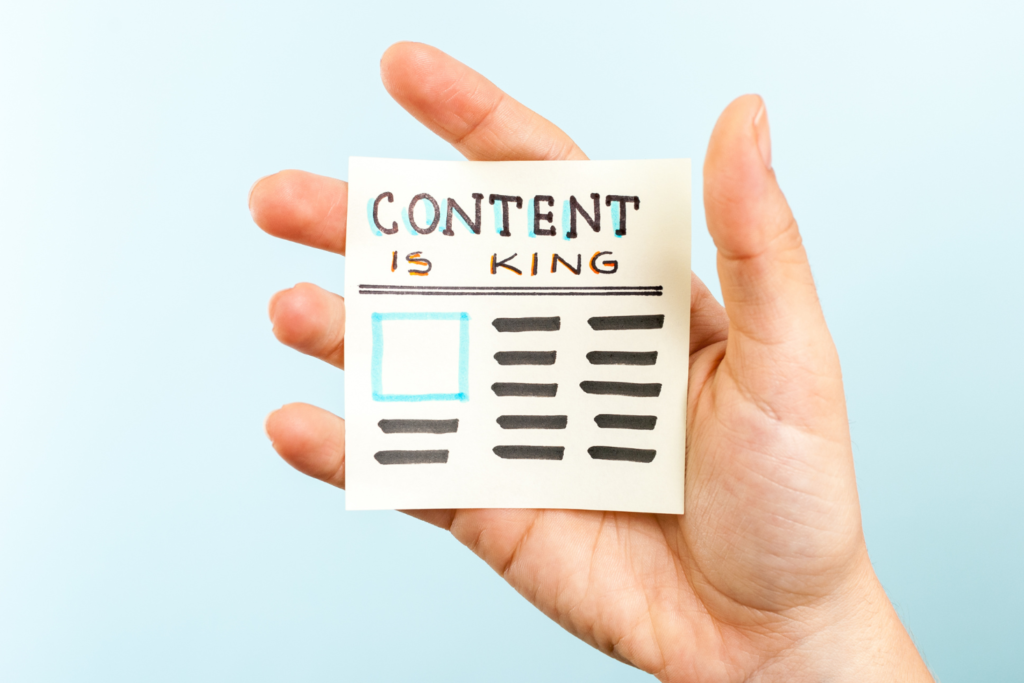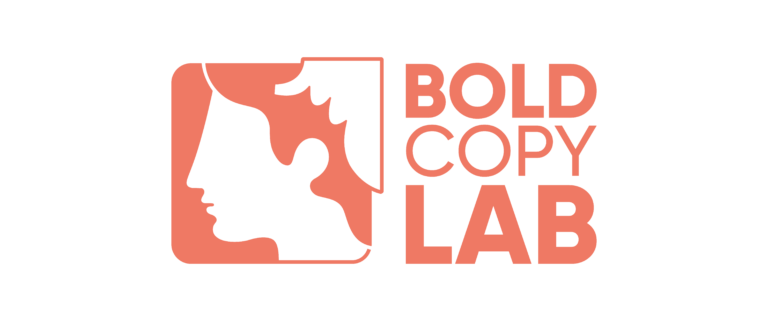
Content is now the basis upon which your whole marketing approach is formed in the changing realm of digital marketing, not only a component of your plan. You need to know how you can refine your content distribution strategy to have a real influence. This entails appreciating the unique qualities of several kinds of content and making good use of them on several platforms.
The Changes in Content Distribution
Usually, producing a piece of material, printing it, and allowing it to run through one channel would be enough to reach your audience. But the digital revolution has fundamentally changed this strategy. Your material must be adjusted for several forms and shared over several channels to captivate your audience today.
Accept a multi-format strategy: Depending on a single distribution mechanism, no longer cuts it at a time when material may be accessed via blogs, videos, podcasts, social media, and more. Every platform boasts unique content tastes and audience behavior. Therefore, maximizing the reach and efficacy of your material depends on knowing how to customize it to match these several factors.
Give priority to trust and authority in content marketing
Content marketing is still a pillar of digital strategy since it creates authority and trust. It entails producing excellent, worthwhile material that is appropriate for your audience.
Create authoritative materials: Spend time creating blog entries, booklets, whitepapers, and webinars providing in-depth industry analysis. The latter presents your brand as a thinking leader and builds confidence among your readers. For example, releasing thorough reports and analyses will help you establish yourself as an industry specialist if you work in the financial sector.
Stay constant: Frequent new and pertinent information updates for your blog or content channels keep your readers interested and informed. This consistency fosters credibility and maintains top-of-mind brand recognition for your audience.
Make Use of Sponsored Content for Aimed Reach

Sponsored content involves working with publishers or influencers to target new areas of your audience. It is less intrusive than conventional advertising because it complements the site’s current material.
Select the correct collaborators. To hone your approach, choose channels and influencers that fit your target market. Sponsored content should offer pertinent information or insights designed to appeal to the host platform’s audience.
Verify genuineness. Sponsored material should be created naturally and educationally instead of only commercially. For instance, if you introduce a new product, collaborating with a well-known blogger to provide a thorough review will attract more exciting visitors.
Employ User-generated Content for Real Engagement
User-generated content (UGC) will significantly increase interaction by providing genuine insight into your brand. UGC includes customer reviews, social media updates, and quotes from others offering actual brand validation.
Motivational incentives encourage involvement: Run ads inviting consumers to share their experiences, strengthening the community around your business.
Encouragement of UGC comes from contests, challenges, and social media hashtags: A clothes company might, for instance, hold a photo contest whereby consumers submit their best designs, therefore offering helpful material for the brand and the contestants.
Track and participate: Engage actively with the material your users produce. Respond to feedback, forward user-generated content on your channels, and thank volunteers. This interaction motivates more participation and improves your bond with your audience.
Combine a Multi-Channel Approach.
An efficient content distribution plan involves reaching your audience where they are most engaged through several channels. This multi-channel strategy guarantees that a portion of your audience, with varied tastes and behaviors, will view your material.
Coordinate across several channels: Make sure your material offers a smooth experience on several devices. Social media messaging should complement your website and email correspondence if you run a marketing campaign. Consistency increases general efficiency and helps support your marketing messaging.
Customize material for every platform. Although consistency is excellent, you also have to modify your material to fit the particular criteria of every platform; for visual sites like Instagram, a blog post might be transformed into an infographic or compiled into interesting social media bites.
Not Content Buckets; Build Around Needs and Goals
Focusing on content deliverables such as a set number of tweets or posts might be constrictive. As a result, your brand’s and audience’s objectives should be the driving forces behind your strategy.
State objectives: Start your content strategy with well-defined goals. These objectives might range from raising brand awareness to generating conversions. Customize your material to fit these goals instead of following random content calendars.
Emphasize value here. Your top priority should be producing materials that benefit your readers. This could involve answering frequently asked questions, fixing problems, or offering original analysis. Realistically, content that benefits your audience will be more likely to interact and convert.
Create a distribution plan before starting on content development.
Planning your distribution strategy before developing content can significantly improve its efficacy. According to the Content Marketing Institute, numerous companies neglect to allocate their distribution properly, producing less-than-ideal results.
Use an “atomized” strategy: Divide your material into doable components suitable for several uses. A thorough whitepaper, for instance, can be divided into blog entries, infographics, and social media updates—each suited for a different channel.
Plan for integration: Ensure that every piece of material fits together logically. This entails planning the distribution of every component and determining how it will support your general marketing objectives.
Check the pulse of Your Content

Performance data drives constant change in a dynamic content strategy. Track comments on your work and adjust as necessary.
Review performance: Use analytics tools to track metrics such as engagement, conversion, and traffic sources. This information will enable you to determine areas needing development and what is functioning.
Adapt and grow. Be ready to change your approach depending on the audience’s comments and evolving trends. For example, a content item that works incredibly well in one format could be used in several ways to increase its effect and reach.
Final Thoughts: Improving Your Successful Content Distribution Strategy
So, if you’re still wondering how you can refine your content distribution strategy, it means realizing the unique advantages of different kinds of content and combining them into a coherent, multi-channel approach. Sponsored content increases your reach, content marketing generates trust and authority, and UGC encourages real engagement. In today’s complicated digital environment, you may improve your brand’s exposure and potency by matching your approach with audience needs, defining clear goals, and continually optimizing, depending on performance data.
Remember: The guidelines for content distribution have changed, so your approach must change too. Stressing value, coordination, and agility can help you negotiate the digital terrain and meet your marketing goals.











